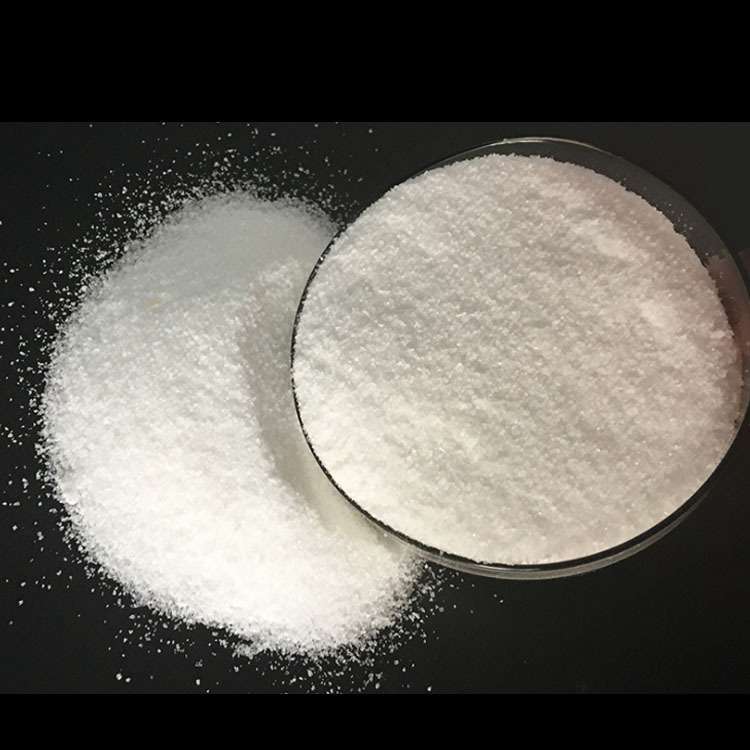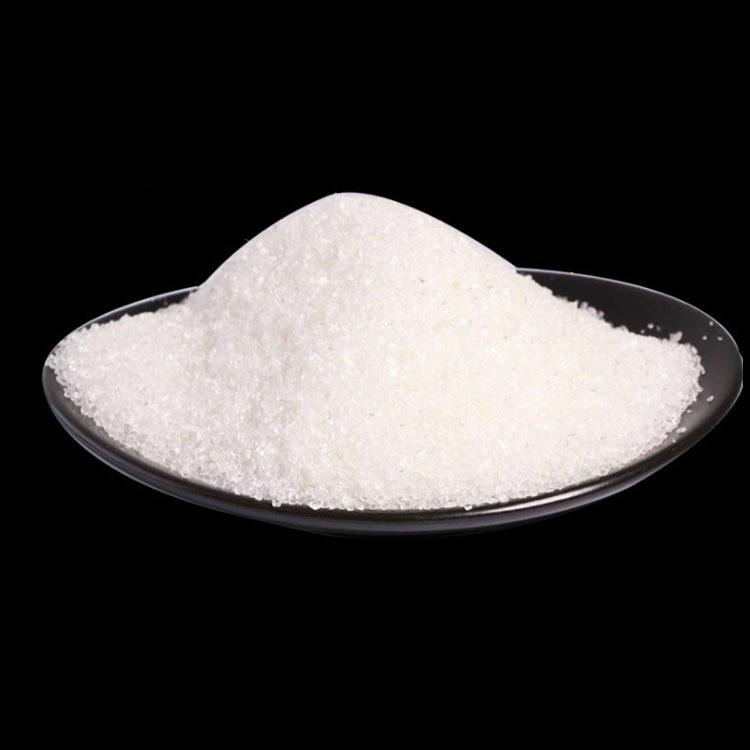Whether the coating is good or not, fumed silica plays a very important role. Fumed silica (fumed silica) can not only be used as a rheological additive and dispersant in paints and coatings, but also has anti-settling, anti-caking, matting and anti-corrosion functions. It has been continuously practiced and widely used in the field of coatings and occupies a place. The following is a brief introduction to the secret mechanism of fumed silica and coatings.
1. Rheological additives
The surface of untreated fumed silica contains a large number of hydroxyl groups, which are easily associated with each other through hydrogen bonds in oily systems to form a uniform three-dimensional network structure. , can increase paint viscosity. When this three-dimensional network structure is subjected to mechanical shear force, it will be destroyed, causing the viscosity of the paint to decrease and good fluidity to be restored. When the shear force is eliminated, the three-dimensional structure (hydrogen bonds) will restore itself and the paint viscosity will increase. This characteristic of fumed silica gives oil-based coatings very good storage performance and construction performance, especially thick-build coatings (such as ship paint), which can ensure that the coating has good fluidity under a certain construction shear force. , and can ensure the thickness of the coating film in one application.
2. Assistant dispersant
In powder systems, due to the small particle size and high surface energy of fumed silica, they can be adsorbed on the surface of the coating powder and remain on the surface of the powder. Form a surface layer to improve the dispersion of powder. In the same coating system, adding fumed silica can significantly shorten the dispersion time and improve production efficiency.

3. Anti-settlement and anti-caking
There are a large number of silanol bonds on the surface of fumed silica, which can form hydrogen bonds with itself or with the substrate, forming a “net”-like structure to “hold” the pigment Or other fillers to prevent them from sinking or clumping. Fumed silica has a thickening effect. Select the appropriate type of fumed silica to increase the viscosity of the paint to a certain extent. Then the resistance of the pigment or filler during the falling process will naturally increase, which can effectively prevent settling or agglomeration.
Fumed silica has high surface activity. Through modification treatment, the surface charge of fumed silica can be adjusted, because in some specific coating applications, Pigments or fillers also have certain activity and can agglomerate themselves or combine with each other. At this time, fumed silica can neutralize charges, prevent agglomeration or agglomeration between pigments and fillers, and further improve the storage properties of pigments. . In powder coatings, fumed silica can be used as an external additive. The fumed silica particles are adsorbed on the surface of the powder coating, blocking the paint particles and promoting fluidity. Some fumed silica can also prevent moisture. , to avoid paint clumping.
4. Matting
Painting can be matted because fumed silica has the characteristics of small particle size, large surface activity, and high purity. It is also widely used in the field of matting coatings. The specific mechanism of action is As follows: fumed silica has small particle size and a certain particle size distribution width, and can be directly used in matting systems; fumed silica has high surface activity and anti-sedimentation effect, and can prevent the settling of pigments and fillers in the matting field, synergizing It can also be modified into a product with a wider particle size distribution for use; fumed silica has a refractive index that is not much different from most substrates and main coatings. While matting, the coating can have higher Transparency; as one of the fillers, fumed silica can also promote the scratch resistance and anti-slip functions of the coating; in addition, the spatial structure of fumed silica also promotes the scattering, absorption and dissipation of light.

5. Anti-corrosion
The hydrophobicity of fumed silica is very important in coatings used to protect ferrous metals from corrosion. Corrosion occurs when moisture and ions (such as sodium and calcium ions) penetrate and pass through the protective coating. The use of polar anti-sag agents or anti-sedimentation agents is equivalent to providing a channel for moisture and ions to migrate to the metal surface. The moisture accumulated on the metal surface will destroy the adhesion of the coating, thereby causing permeable blisters, making more metal surfaces exposed, accelerating corrosion.
At the same time, the presence of ions will greatly increase the ionization intensity at the interface and accelerate the corrosion rate. Hydrophobic fumed silica does not provide a pathway for moisture and ions to migrate to the metal surface.However, hydrophobic fumed silica reduces the occurrence of permeable blisters and corrosion compared to other types of thixotropes, such as treated clays, and fumed silica that is not fully hydrophobic.

 微信扫一扫打赏
微信扫一扫打赏

